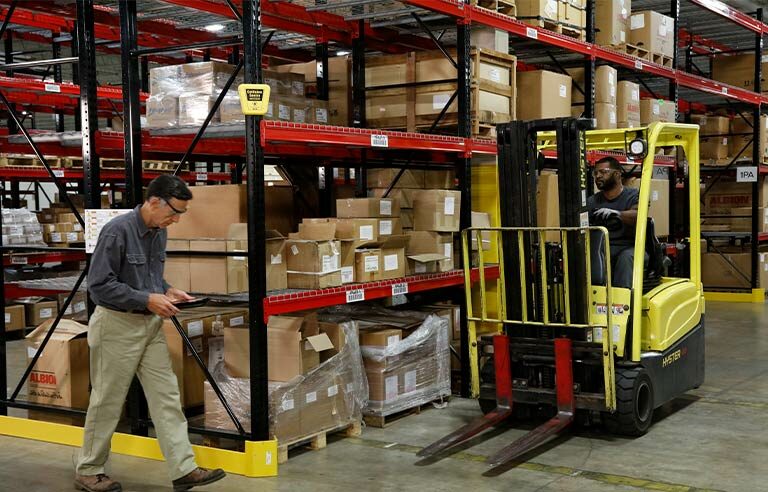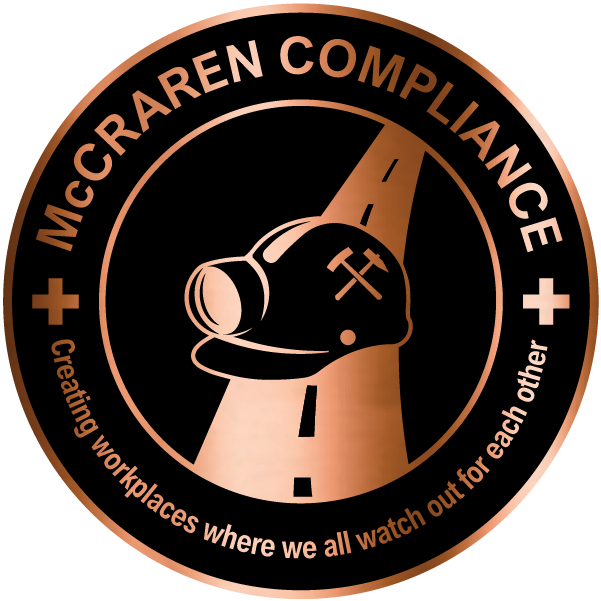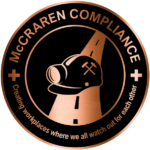How can we protect the people, equipment and products in our warehouse?

Responding is Mary Jo Thomas, manager, marketing and public relations, Sentry Protection Products, Lakewood, OH.
Warehouses are dangerous places to work. Every year, reports show that staggering numbers of incidents and injuries occur in these workplaces. The combination of people, heavy machinery, large objects, hazardous materials and heavy traffic all crossing the same paths contribute to unsafe areas throughout a facility. The need to keep workers safe is a top priority.
That’s easy to say, but where do you begin? There are a number of actionable items and tips for keeping warehouse employees safe, but one that crosses all borders is comprehensive safety training.
Safety training can significantly reduce the risks of incidents and injuries. But as important as safety training is, just the mention of it is often met with moans, groans and assorted eye rolls.
Why? Because safety is serious. It’s about rules and regulations and following standards. It’s about mandatory monthly safety meetings where procedures are reviewed repeatedly. It’s about best practices and being prepared for the unexpected. Safety training is serious, but it doesn’t have to be boring.
Assess your current program. Is training the same year after year, time after time? If it’s the “same old, same old,” chances are employees are tuning out. Is the presentation boring? Are you subjecting them to death by PowerPoint? Are they engaged in the program? Are they participants or spectators? Is the training just a repeat of the presentation you’ve used for the past five years? Are you engaged in the presentation or are you reading documents word for word to meet requirements?
It’s time to change up your program. Here are some things to consider for your organization’s safety training to hit the mark:
- Scrap the standard meetings in which everyone sits and listens. Mix things up. Do something that gets people engaged.
- Use visuals, be unpredictable, tell stories, use video and demonstrations, interact, have a conversation, and be relevant.
- Explain the whys and the wherefores – don’t just recite an endless list of rules. Employees should feel like the training is created specifically for them. What’s in it for them? How does it affect their lives? What does it mean to them?
The stakes are high. The entire workforce needs to understand the organization’s safety objectives and buy in to them. For that to happen, safety training needs to be memorable. It needs to be an experience.
Bottom line? Give them reasons to listen.
Safety in the workplace isn’t something that just happens; it’s planned, implemented and practiced every day. It has to be for it to work. Every employee needs to take responsibility for it, and that starts at the top. It’s a priority, not something that can be placed on the back burner. It’s not something with no budget or even an area where you can cut corners. Safety is more than a slogan on a poster. Set your safety standards high and make safe practices part of your organization’s daily routine. People’s lives and livelihoods depend on it.
McCraren Compliance offers many opportunities in safety training to help circumvent accidents. Please take a moment to visit our calendar of classes to see what we can do to help your safety measures from training to consulting.
Original article published by Safety+Health an NSC publication


